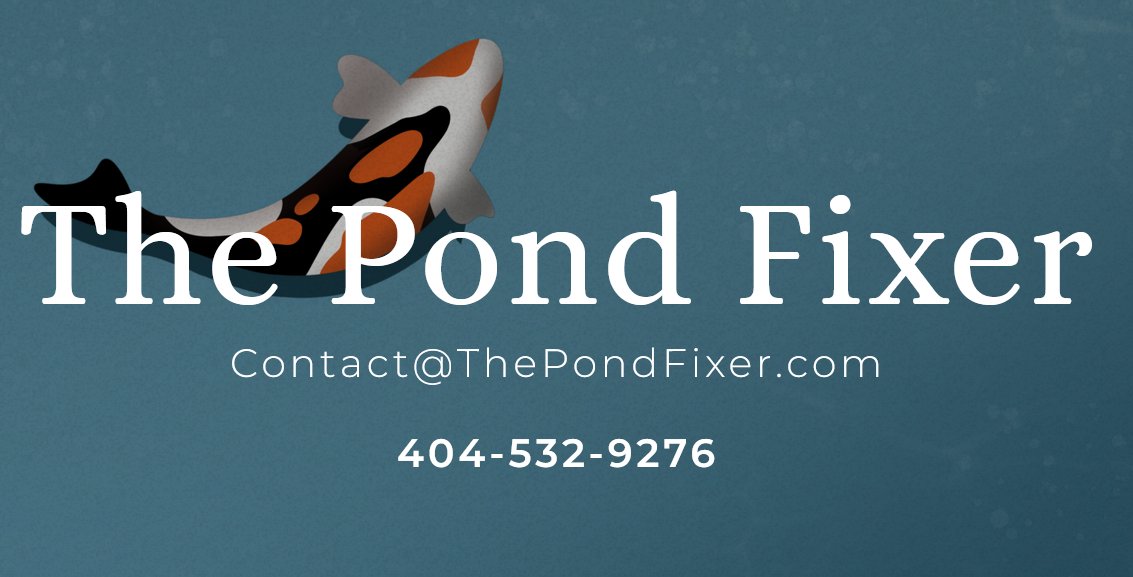Your “obvious” case of Ich may not be so obvious. 70% of all fish health problems are caused by stress, poor nutrition, or most of all: Water Quality. The other 30% of fish health maladies are actually caused by the parasites you think they are.
Tips on stress:
Shy fish need to be kept in schools and given hiding places. Aggressive fish (most cichlids) need to be kept alone, or with others of their own kind. Dusk-feeders (many catfish and knives) need to be fed sinking foods at dusk, or by half-light.
Tips on Nutrition:
The majority of fish do very well on Tetra’s Premium Tropical Flake Food, (in the yellow can with the brown lid). You should supplement this weekly in a basket-feeder with Bloodworms or Brine Shrimp, which are available live or frozen.
Larger fish and Cichlids need small fish to eat. Tiny guppies or larger goldfish can be affordably fed to these perpetually hungry, aggressive piscivores.
Contrary to time-honored tradition, Goldfish do not thrive on conventional “goldfish food”. For Goldfish under 3 inches, the best food is again, Tetra’s Premium Tropical Fish Flake Food. Over 3 inches, Hikari’s Oranda Gold (Mini) Pellets provide superior nutrition.
For best nutrition in virtually any ornamental fish, live or frozen foods should be fed frequently; from a basket feeder.
Tips on Water Quality:
You can easily test for the top two water quality killers, that’s pH and Ammonia. The test kits are cheap, and easy to use. I prefer the liquid reagent tests.
pH should be maintained between 6.6 to 7.0 for tetras and South American fishes.
pH should be kept above 7.2 for livebearers, goldfish barbs, etc.
For best results in most communities, you should buy a good Neutral Regulator.
You should also be aware that
pH can fall to low levels (5.5) very quickly and especially in older systems that are neglected.
Ammonia comes up in new systems or systems that are over-fed or under-filtrated.
Using an undergravel filter with a powerhead driver is a good idea, indeed, a GREAT idea as this mode of filtration is the cheapest, the most effective and carries the largest biological capacity.
What I’m using in my fishroom now are very large sponge filters driven by air pumps (one large airpump with taps) actually.
Ammonia should be removed, as it’s detected, with partial waterchanges, using a simple dechlorinator each time. Ammonia binding agents are not a very good idea because they can be pretty caustic, and they ignore the original problem which is either overfeeding, or under-filtration. BIOSEEDING accelerates the clearance of Ammonia and is strenuously recommended.
Tips on Parasites
If your fish are unhealthy, and you know that you are providing excellent water quality (by testing), good environmental husbandry, and superior nutrition, then you should finally consider a parasite.
If parasites are eventually suspected, you should know about Salt.
Salt is safe for most fish, very effective against alot of parasites, and does not harm your biological filter like Formalin and those caustic compounds do.
Salt (0.3%) clears common baddies including Ich, Chilodinella, Costia and Trichodina. These are the four most common fish killers we see in fish practice.
Use commercially available aquarium salt (or marine salt) and add one teaspoon per gallon daily for three days (total dose, three teaspoons per gallon). Leave it in there for 10 days and then gradually reduce it with water changes. Ich clears within 72 hours after the full application of salt. If fish are dying en masse, then you need to add the salt all at once. Certain live plants may be killed by salt. It’s best to remove these before salting.





